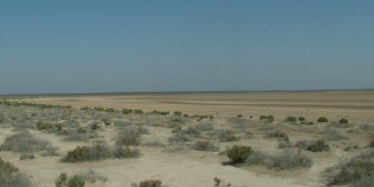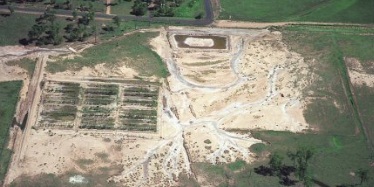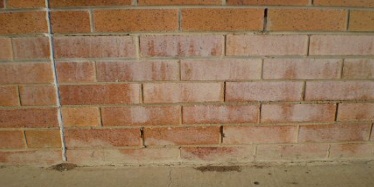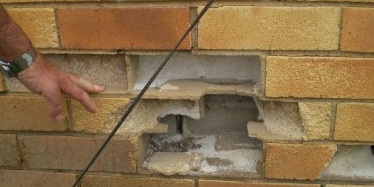Types of salinity
Salinity is the presence of salts (such as sodium chloride, magnesium and calcium sulfates) and bicarbonates, in soil and water.
In 2001, the area of saline land in Queensland was assessed as 48,000 hectares (ha), which increased to 107,000ha by 2002 (Salinity on Australian Farms, Australian Bureau of Statistics 2002).
Not only in Queensland, but throughout Australia, salinity is a major natural resource issue. It can be challenging because salinity expressions and effects may appear long after and some distance from where the causes originated.
Its harmful effects include lost agricultural production, stream salinity and damage to infrastructure, urban households and environmental costs.
Saline soils occur naturally in parts of Queensland. However, salinity can be induced by unsuitable land management practices.
Primary and secondary salinity
There are 2 main types of salinity:
- primary—naturally occurring salinity
- secondary—resulting from human activities.
Primary salinity occurs naturally in soils and waters. Examples of naturally occurring saline areas include salt lakes, salt pans, salt marshes and salt flats.

Secondary salinity is salting that results from human activities, usually land development and agriculture. Common forms of secondary salinity are:
- irrigation—irrigated areas, either as a result of rising groundwater tables (from excessive irrigation) or the use of poor quality water
- dryland—non-irrigated landscapes, generally as a result of clearing vegetation and changes in land use
- sea water intrusion—coastal aquifer systems where sea water replaces groundwater that has been over-exploited
- point source—large levels of salt in effluent from intensive agriculture and industrial wastewater.

Urban salinity
Salinity is not restricted to rural areas. Urban salinity can develop in a variety of ways, is generally a combination of both dryland and irrigation salinity, and has the potential to damage many high-value assets.
There are 2 broad types of urban salinity:
- caused directly by the development (such as leaking pipes, pools, septic tanks, over watering of parks and gardens etc.)
- present before construction of the area (such as urban development in an area with existing shallow groundwater or seepage).

Signs of urban salinity
- Bare patches of ground often with a white salt crust on the surface
- Waterlogged areas
- Salting of brickwork or rising damp in buildings
- Road, pavement or driveway crumbling or deterioration
- Growth of salt tolerant species
- Fretting of bricks and mortar.

Avoiding urban salinity
The main thing to remember about avoiding urban salinity is to limit the amount of water that reaches the watertable. Other things to consider include:
- avoid over watering of gardens
- keep the area of lawn to a minimum
- plant deep rooted native vegetation and plant gardens with low water requirements
- try to avoid ponding of water.
More information
- Indicators of urban salinity (Victorian Department of Environment and Primary Industries)
- Urban salinity (NSW Department of Environment and Heritage)


